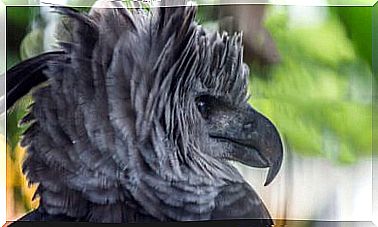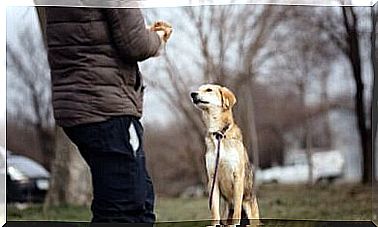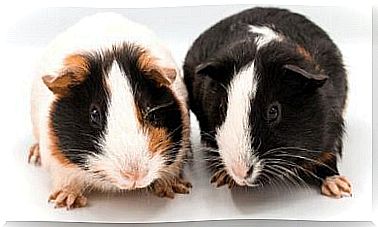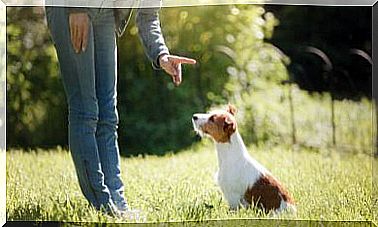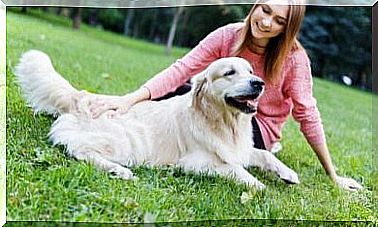Behavior Of A Wolf Pack
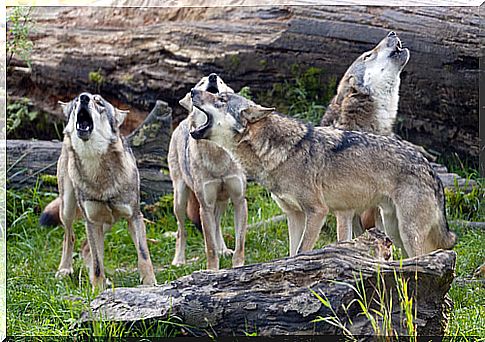
Wolves have always aroused human interest, the common history goes back many millennia, but the relationship has not always been easy. In today’s article, we’re going to take a closer look at the behavior of a wolf pack .
Most herd animals travel together, but what is special about the behavior of a pack of wolves is that the hierarchy plays a very special role here. Wolves adhere to a specific hierarchy and help each other with various tasks.
Not all wolves are created equal
Wolves have spread to every continent, even if living with humans has drastically reduced the number of specimens.
Since the distribution area is very large, numerous subspecies could develop that have adapted to the special environmental conditions.
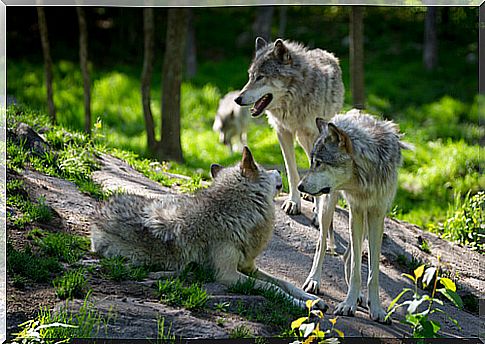
The differences between the individual subspecies are numerous. Depending on the species, an adult wolf can weigh between 10 and 70 kg. The size of the wolves determines which animals they hunt and how big a pack of wolves must be to be able to cope with this task.
In the USA, for example, a pack of 30 wolves could be observed, but the ancestors of our present-day domestic dog usually organize themselves in groups of around 20 members.
Smaller wolves, such as the Iberian wolf ( Canis lupus signatus ), usually form small groups with a maximum of 7 members. The number of wolves in a pack depends on the subspecies and also on the size.
The myth of the alpha male
Usually one speaks of the alpha male as the leader of the pack, a leading figure who is physically superior to the rest of the pack members. But experts in the field suggest that this theory is extremely questionable.
David Mech, one of the most famous experts on wolves, coined the term alpha wolf in the 1960s, but has since abandoned it. Mech’s studies were conducted with wolves in captivity; they did not analyze the behavior of a wild pack of wolves.
Pack or family?
Mech explains that it is better to speak of reproductive females and males. The leader of the wolf pack is not an overpowering wolf, but a reproductive male. There isn’t much of a choice, as the rest of the pack are usually the descendants of the reproducing pair.
One could just as well speak of a wolf family, because the parents live with their children until they are prepared for their own lives. With a litter, wolves have between 3 and 8 cubs, which is sufficient to start their own pack.
When wolves in captivity, however, alpha male can exist, because there often are families. In the wild, alpha animals can lead very large packs, as is the case in Yellowstone National Park, for example.
For such large groups several reproducing pairs are required, which is why there can also be competition, from which the alpha wolf then emerges.
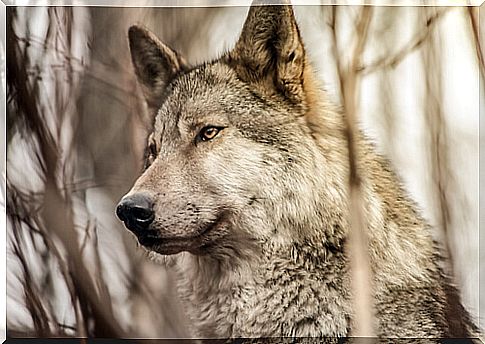
Cooperation within the wolf pack
When the pack is large, group strategy is crucial. The wolf uses different strategies to hunt ungulates. In summer, for example, he has to lure his victims to stony areas, to a lake or a river.
In winter, the mere presence of a wolf can make the victim so nervous that it gets stuck in the snow and is an easy game for the wolf. Large packs usually hunt large animals, such as the dreaded American bison.
Within a wolf pack, young animals are often pure observers who first have to learn the different strategies. While there are no set roles, wolves make use of their physical differences in hunting.
The females are lighter and often lead the others in the hunt. The males, on the other hand, are heavier and will definitely hunt the prey as soon as they are disoriented. The alpha animal has a purely anecdotal meaning here; the wolves don’t seem to follow it. Everyone knows what to do and when.
